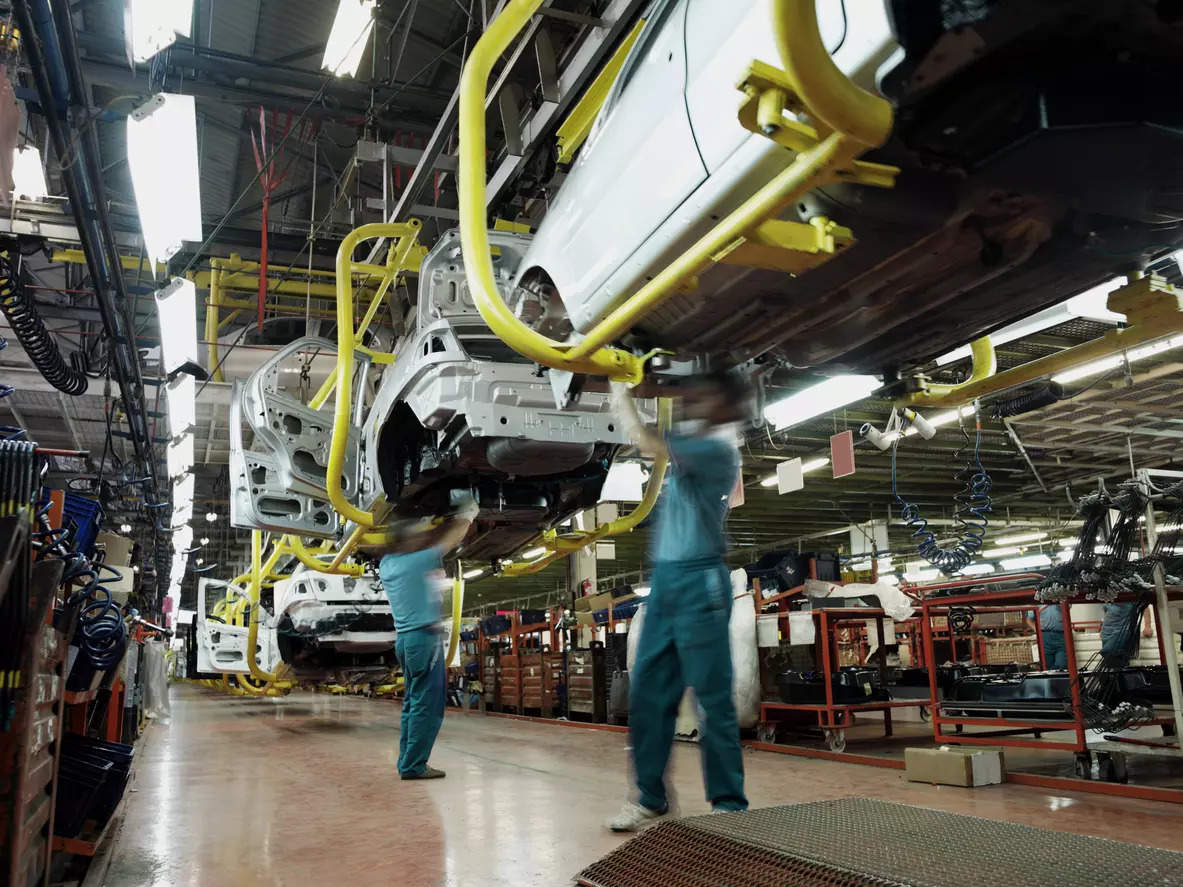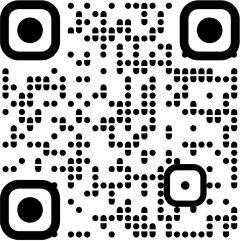Read by: 100 Industry Professionals

The automobile industry is anxiously waiting for disbursements to begin under the Production Linked Incentive (PLI) scheme, in which qualification of OEMs is anyway an arduous journey. An industry veteran told ETAuto on condition of anonymity that the “industry is worried about the delay in the disbursal of monies under the PLI Scheme”. The scheme architecture allows for incentives which could even be up to 18% of the determined sales value of approved products.
This person said that OEMs have been conducting discussions with the government but “the government is very cautious” on how to go about the process, especially after the myriad allegations of subsidy misappropriation under a different scheme, FAME II. Meanwhile, the delay is hurting those OEMs which have been successful in getting their product registered under the PLI scheme.
“One of the most stringent clauses under the PLI scheme is the 50% domestic procurement one. This is not an easy clause to comply with. Now, 6-7 OEMs have finally been able to get their Domestic Value Addition (DVA) certificates but disbursal of the subsidy is still to happen,” this person said.
The PLI scheme for automobiles is different from other PLI schemes (for electronics etc) since in the former, the expectation is that the largest sum will be disbursed in the last year or year five, with growth in disbursal starting from year three. In other PLI schemes, the peak disbursal year is the third and thereafter disbursal amounts get tapered. This difference in PLI schemes for sectors is due to the stringent DVA clause for automobiles.
The Scheme
The PLI scheme for the automobile sector was unveiled by the government in 2021, with a budgetary outlay of Rs 25,938 crore. It had proposed financial incentives to automobile OEMs and component makers, to boost domestic manufacturing of Advanced Automotive Technology (AAT) products and attract investments in the automotive manufacturing value chain. The scheme was focused on Zero Emission Vehicles (ZEVs) i.e. Battery Electric Vehicles and Hydrogen Fuel Cell Vehicles. The incentives under the scheme were initially applicable from 2022-23 to 2026-27 (5 years) and the disbursement of incentives was to begin 2023-24 and continue till 2027-28. But the scheme was later tweaked, so that disbursement of incentives is now scheduled to begin in the current fiscal year, 2024-25.
Three years after launch and some amendments later, though, the PLI scheme has been a middling success at best. Only a handful of large OEMs (out of 20 successful applicants initially) have had their products certified to be eligible for incentives. Till date, not one rupee of the incentives under the scheme has been disbursed and many of the successful contenders appear to be struggling to meet the stringent criteria for availing benefits.
MoS for Heavy Industries B Srinivasa Varma said in a written reply in the Lok Sabha during the recently concluded Budget Session that applicants were in the process of making investments and achieving DVA of minimum 50% under the Auto-PLI scheme and that no claims had been received by the government till now.
FAME II subsidy saga:
Under the scheme called Faster Adoption and Manufacturing of Electric Vehicles (FAME) II, subsidies or purchase incentives were available to OEMs which fulfilled various conditions, including mandatory levels of localisation. While the PLI scheme benefits kick in for manufacturing EVs, FAME benefits were tied to the sale of EVs. But In 2022, the ministry of heavy industries found that some of the two wheeler OEMs which had been approved for subsidy payouts had allegedly misappropriated the monies. The ministry alleged that these e2w OEMs had not achieved the mandatory levels of localisation and thus were not eligible for the subsidy payouts. Subsequently, the ministry sought a return of the monies already paid to seven e2w OEMs. For example, Okinawa was asked to pay back Rs 116 crore while Greaves Electric was asked for Rs 124 crore. While some of the OEMs had thereafter refunded the subsidy amounts, Hero Electric and Okinawa filed petitions in court challenging the ministry’s demand. These petitions are still pending in courts.
In fact, Heavy Industries Minister H D Kumaraswamy alluded to the troubles in subsidy disbursal under FAME II on Wednesday while speaking at an industry event. He said that the third edition of FAME will be launched within two months, thus indicating that EMPS may be extended beyond September 30.
Revision of norms:
After the subsidy misappropriation saga of FAME II, the ministry of heavy industries revised the criteria for OEMs to get registered for the ongoing Electric Vehicle Promotion Scheme (EMPS) – a bridge till a new edition of FAME III is ready – for availing subsidies. Under the EMPS, OEMs must achieve 50% overall DVA versus the FAME II requirement of item wise localisation.
As of now, among the registered products under the PLI Scheme are: several three wheeler models of Mahindra & Mahindra; Tata’s Tiago and Tigor, ACE LCV and buses; Ola’s S1X, S1 Air and S1 Pro scooters; TVS Motor Co’s iQube electric scooter; Bajaj Auto’s cargo vehicles and the Chetak electric two wheeler. Among auto component makers, only three companies: Toyota Kirloskar Auto Parts, Sona BLW Precision Forgings and Delphi TVS Technologies have succeeded in getting their products certified.

